“The walk”, Lluís Muntané Muns, Catalan School, pp. 20th century - Spain
Large oil on canvas signed by Lluís Muntané Muns depicting a pleasant everyday scene, aristocrats and bourgeois taking a walk along a wide avenue, the Paseo de Isabel II in Barcelona. The ladies with their elegant dresses and parasols and the men with long coats.
The composition is divided into a horizontal strip in the lower half in which the different characters are arranged, conversing with each other, flanked by the trees that appear at the ends. Behind them, in the center of the composition rises a large neoclassical-style building that escapes towards the landscape that can be seen in the background. The building is the Llotja de Barcelona, a building with a neoclassical façade that hides inside one of the treasures of Catalan civil Gothic. It has been the headquarters of such emblematic institutions as the Consulat del Mar, the Official Chamber of Commerce of Barcelona and the Barcelona Stock Exchange (until 1922).
Lluís Muntané Muns opted for a realistic academicism, of high quality but with sober and static expression, which is also reminiscent of some of the characteristics of Catalan noucentisme. Although most of his career was dedicated to portraits, he also cultivated muralism. A lover of chiaroscuro, he managed to provide warmth to his plastic environments with an equally elegant and contained palette. His compositions are always well constructed and have the elegance that seems a dominant note in all aspects of his work.
Noucentisme or Novencentism designates a cultural movement that began in 1906 in Catalonia (propounded by Eugenio d'Ors), claiming the need for a classicism with a sense of modernity, but that was at the same time linked to tradition, given its nationalist mood. . Catalan identity linked to the classic substratum of Catalonia and its connection with the Mediterranean. He wanted to break with the cosmopolitan character of Modernism and the transience of Impressionism. He set out to achieve a more objective, constant and, ultimately, eternal art. For this, the idea of the “classical” (but never an explicit copy of said period) and the “Mediterranean” was used and the way to capture it in painting was through static, balanced, and simple compositions. It must be pointed out that it cannot be understood as a style, but as a series of ideas that each artist understands in their own way.
In this case, the memory of noucentisme is appreciated above all in the composition: a feeling of serenity, proportion, the figures do not present very exaggerated or grandiose movements... It attempts to represent the eternal through compositional balance. The colors seem muted because this effect was sought, since they understood classicism as something serene and balanced.
Lluís Muntané Muns (Mataró, Barcelona, 1899 – Barcelona, 1987)
A disciple of Vicente Borrás and José Mongrell (from whom he took the use of dramatic light and frequency in the theme of the female figure) at the School of Fine Arts of Barcelona, he enjoyed a pension from the Provincial Council, with which he traveled , in 1927, for Italy.
He married the painter Teresa Condeminas, who is also a painter. with an independent disposition, his style changed little throughout his career, opting for a realistic academicism of high quality but with sober and static expression. A lover of somber tones, he managed to provide warmth to his plastic environments.
He chose the female figure as his main subject, usually captured in movement. Her attitude is expectant and on many occasions she is wrapped in rich clothing, an aspect that accentuates an always contained elegance. An expert portrait painter, he created still lifes, landscapes and religious scenes. He also practiced mural painting. His charcoal portraits show a mastery of the drawing technique and in the field of engraving his mastery stands out especially in the series of images he executed around 18th century Barcelona.
Professor of Life Drawing at the School of Fine Arts of Barcelona from 1940 to 1969, he directed the institution between 1945 and 1948. A wide collection of awards and distinctions accompanied the artist's brilliant career, among which the National Prize for Painting and Engraving. He attended artistic competitions held in Barcelona, Madrid, Paris and Buenos Aires. He held his first individual exhibition at the Syra Galleries in Barcelona in 1930. In 1968 he was appointed corresponding academic of the Royal Academy of Fine Arts of San Fernando.
Technique on support: oil on canvas
Title of the work: “The Walk”
Author: Lluís Muntané Muns (1899 - 1987)
Style/School: Catalan School
Period: first half of the 20th century
Country of origin: Catalonia, Spain
Origin: Board Room of Banco Santander
Some damage visible in the photographs and that could be restored
Dimensions: 204 x 343 cm.

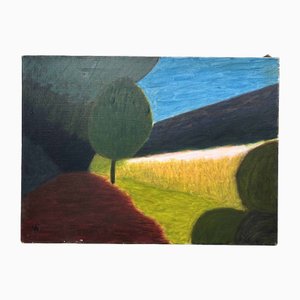

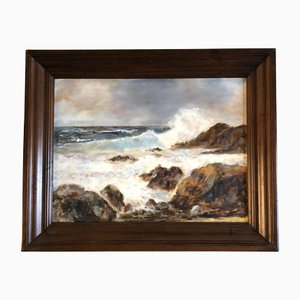
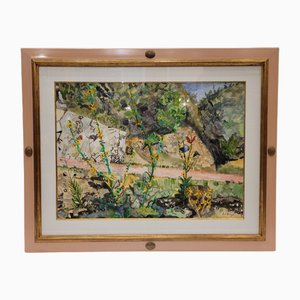

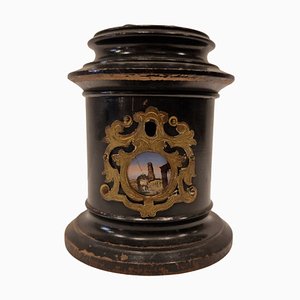

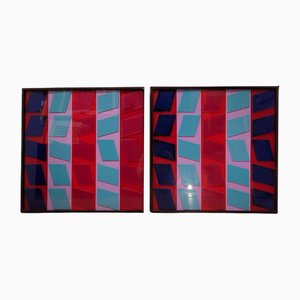


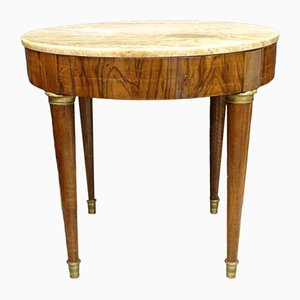

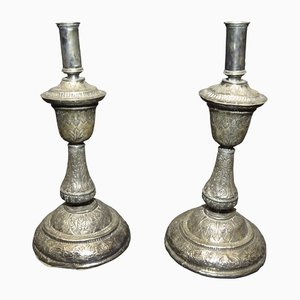

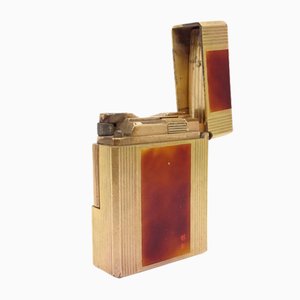




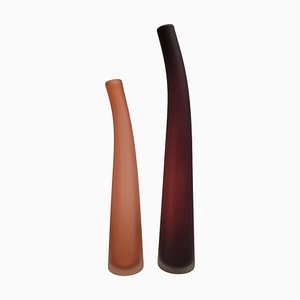

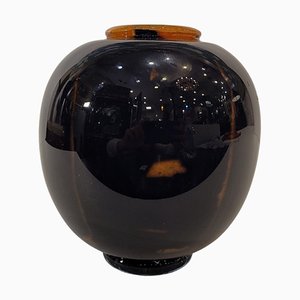
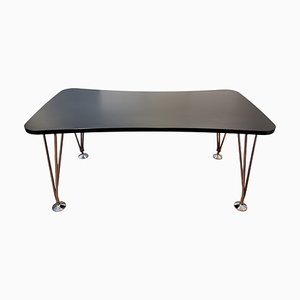
Get in Touch
Make An Offer
We noticed you are new to Pamono!
Please accept the Terms & Conditions and Privacy Policy
Get in Touch
Make An Offer
Almost There!
To follow your conversation on the platform, please complete the registration. To proceed with your offer on the platform, please complete the registration.Successful
Thanks for your inquiry, someone from our team will be in touch shortly
If you are a Design Professional, please apply here to get the benefits of the Pamono Trade Program